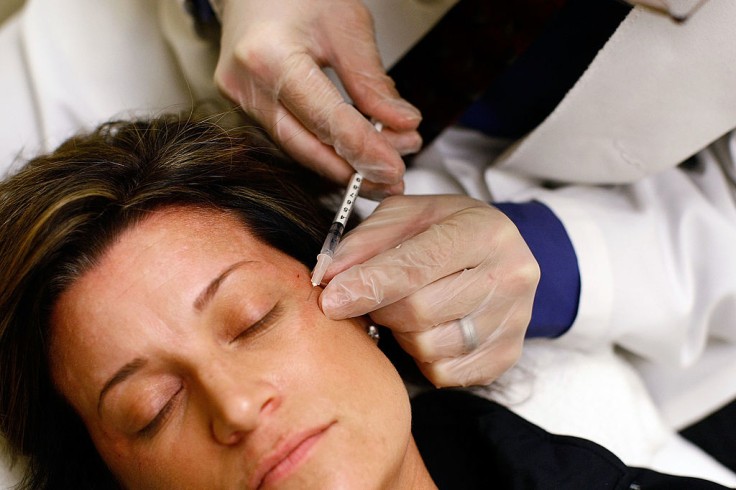
The CDC probes the sharp increase in fake box injections that are causing patients adverse effects.
These reports span across multiple states, including Tennessee, Colorado, Florida, Illinois, Kentucky, Nebraska, New Jersey, New York, and Washington.
The ongoing investigation into adverse reactions linked to counterfeit injections or improperly handled botulinum toxin, commonly known as "Botox," involves the CDC, various state and local health departments, and the FDA.
A Sharp Increase of Adverse Effects with Fake Botox
The Health Department of New York City reported on Friday, April 19, that three individuals required emergency medical care after receiving botulinum toxin injections in various areas like their face, neck, upper back, or armpits.
Following the injections, these individuals experienced a spectrum of symptoms within days or weeks, ranging from double vision and drooping eyelids to challenges with swallowing, breathing, and arm mobility.
Among them, two were hospitalized, with one requiring intensive care.
Investigations by the CDC, several state and local health departments, and the FDA are ongoing regarding adverse reactions linked to counterfeit or improperly handled botulinum toxin (commonly referred to as "Botox").
As of April 18, 2024, a total of 22 cases from 11 different states have been reported, detailing harmful responses post-botulinum toxin injections administered by unlicensed or untrained personnel or in non-medical environments like homes or spas. These incidents occurred between November 4, 2023, and March 31, 2024. States affected include California, Colorado, Florida, Illinois, Kentucky, Nebraska, New Jersey, New York, Tennessee, Texas, and Washington.
Authorities have identified instances where individuals received injections with fake or unverified products, with ongoing efforts to trace the origins of these substances.
Dr. Kate Dee, a physician and founder of Glow Medispa in Seattle, attributed these recent health issues to the lack of regulation in medical spas, an industry that has experienced rapid growth, reaching a value of $15 billion in the wellness sector.
She emphasized, "The problem is not that there's fake Botox around and doctors might accidentally use it. That's not what's happening. Doctors get real Botox, and we pay lots of money to do things legally and legitimately."
Adding, "It's these people who are busy trying to make money from the med spa industry, the esthetics industry, who are getting it because it's so much cheaper."
Spotting a Fake Botox Injection and Signs of Side Effects
Dr. Adam Friedman, a distinguished dermatologist and Chair of Dermatology at George Washington University, shed light on the typical causes of adverse reactions related to authentic Botox injections, attributing them to "poor technique," such as erroneous muscle or site targeting during injection.
He emphasized the seriousness of cases where patients face respiratory distress or failure due to systemic poisoning, a departure from the usual complications seen by medical professionals.
The FDA outlined several indicators to recognize counterfeit Botox products, including:
Lot number C3709C3 on the outer carton and vial.
Labeling of the active ingredient as "Botulinum Toxin Type A" instead of "OnabotulinumtoxinA" on the outer carton.
Packaging indicating 150-unit doses, a quantity not produced by AbbVie.
Presence of non-English language on the outer carton.
Patients who received fake Botox have reported experiencing symptoms such as blurry or double vision, drooping eyelids, difficulty swallowing, dry mouth, slurred speech, difficulty breathing, fatigue, and generalized weakness.
It's crucial to seek immediate medical attention from a healthcare provider or visit the emergency room if any symptoms of botulism arise.